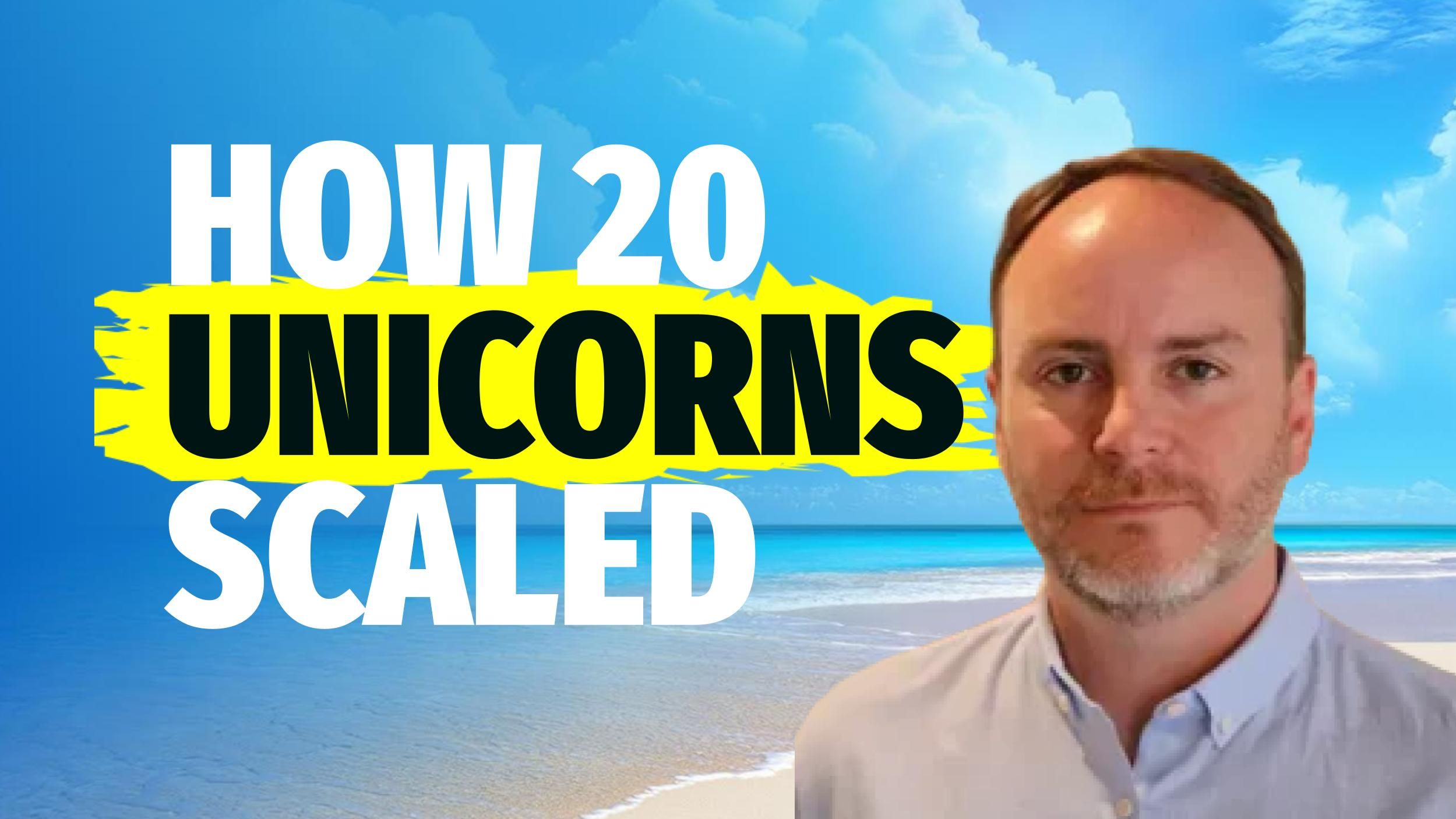
Bitcoin Price Crash Elliot Waves & Fibonacci Retracements
Is it really that bad?
Hey, sprinters! Bitcoin is crashing. Let's jump to a market update because I got called 12 times just today from people, Hey, what's going on? The stock-to-flow model is not working and can we rely on it? Should we sell our Bitcoin? Is this whole thing crashing? Let's dive into it. So we are in trading view. And if we look at this here with the daily candle, it looks grim. We are at the bottom of the Bollinger band. The moving average is going down. Will this hold? How deep are we going to fall down? We don't know, or maybe we know let's find out. And you'll see from my state that I am relaxed. And I'm not afraid that Bitcoin is crashing. If you look at the RSI 40, that's very good. There is higher, right? 30 and below 30 is the buying SIG.
Now let's look at the moving average is going down. Is this a bad signal? It depends. Depends on which wave we are in. This is where we have to have a system. Thinkers systems are always embedded in systems waves are embedded in waves. So let's go back to the theory of trading. And this time we visited an old friend, this book, I can really recommend you. It's called wave principle of human social behavior and the new science of socioeconomics by Robert Prechter. And he bases his work on two things on the Elliot waves and on the Fibonacci retracement numbers. And with a little understanding of that, you can keep your call also while seeing Bitcoin price decline, knowing that this is a way for correction and it's perfectly healthy. So let's jump into it Eve, and I've been doing this. If we apply the Elliot waves and the Fibonacci retracements to any asset, we understand the patterns better.
The wave principle of life
We understand the psychology and, and, and the mathematics of it. I have been doing this for Bitcoin in a couple of ways. Let's look here at what happened last, during the last big waves, because life is in waves and the big waves have small waves in them, which are fractal. They have the same structure, like a tree has the same structure overall, but also in its leaf, the same thing happens here, or like snowflakes. Every snowflake is different, but they all have the same structure. Every person is different, but every person has the same structure actually of a person is 5, 3, 3, 5. We have five parts, 1, 2, 3, 4, 5, my legs, and then three parts, 1, 2, 3, and then five parts. So biology, mathematics, and psychology can help us understand the wave principle of life. But now let's apply this to understand the current day. So if we look at the summer, we have here January wave one app, and then it's this 1 20 21, January one up two down in February, three apps in three is always the longest one March down to four corrections as expected, and then five to April.
And then after the five ways, the app always comes to three ways down a, B, C, and the same thing starts all over again here in August. So that was the structure. And this is exactly the Elliot wave structure. 1, 2, 3, 4, 5, and then ABC down 1, 2, 3, 4, 5 up ABC down. So let's look at the next one we were in August. So we start again in August and count up 1, 2, 3, 4 down. And we don't know when four ends, it might end today because there is this little candle app here, or maybe four ends today. Maybe we still go a little bit more down today. We are at $56,000. We might get to 55. We might get 2 54. This is where the Fibonacci retracement levels big become important. But I keep it simple for this session today. I'm not surprised to see four because after every third wave up comes a fourth, wave down.
The psychology of trading
It's always expansion-contraction. And then there will be a five and five is much higher than what you see here. I was just out of space here to chart, but five will be much higher than three. And the length we'll, we'll be even a foreseeable and calculable length. So we can be absolutely relaxed looking at Bitcoin if we are holders. And if we are not told us, this might be an entry point, better would have been two, but most people missed two. And let me show you why there is a psychology of trading. And this is, we are still in the same theory, Elliott waves theory, but Elliot waves and fractals and people naturally apply to so many levels of life, not just to trading or investing. So the psychology of trading and here you see the same Fibonacci levels sorry.
The same Elliot waves, right? 1, 2, 3, 4, 5. Let me retrace it with you here. So, 1, 2, 3, 4, 5, that's one wave. And inside of every wave, there is 1, 2, 3, 4, 5. So the same pattern systems are embedded in systems. The same pattern is also in that better, but that's the mathematics let's stay with this psychology, the psychology, when do the pros enter, and the psychology is best explained with fear and greed. The two main emotions when it comes to investing in money, right? Fear that I don't have enough fear of lack, fear of missing out, and greed of getting more or more and more, more, these are the two main move-ins of us humans. And when you're in fear, you cannot feel greed in and the opposite. So the pros enter at the beginning of wave three and wave because wave three is the longest and the best and the most lucrative.
So this is the ideal entry point, but you need knowledge to do that either. You need to be very good at analyzing Elliot waves and Fibonacci retracement levels, which a few people can do just only very, very good and very, very experienced traders can do that. So usually only the best traders, the pros get that right entry point. Most of us, we wait quite a little bit. The institutions come next because they have teams of analysts, et cetera. They are the next ones. And then they spot the patterns, right? And then come the fans and then come the reveal investor. We usually around here, we see it in the newspaper. We see it on Twitter. We see it, friends start calling us, Hey, what about the central? And should I go into the central end? And this is the moment when we start researching and entering.
And usually, we enter somewhere in wave five. So after four Hess happened, and this is the reason why most of us lose money in investing because they enter at the, they entered too late and they're also not good at selling. So they are not good at exiting positions because exiting positions takes this sibling, takes guts, and takes courage really to say, okay, ah, I went in the wrong place, let's put it out and put it on stronger on the right waves, which basically stronger horses, but it means really on the right wave on the beginning of the right wave. And so that's the psychology. The psychology is that we are mostly late and we are, if we are not pros, don't even try to catch this one. You will not, you will not. I will not. I never catch this one. If I'm really, really good, sometimes I catch it here somewhere on the way.
And then usually I don't, and then I have this chance again, but that's a short one. So the best entry point is this. If you just focus on this, now that the day traders and arbitrators, can get every sub-wave, but this is not what we retail investors are doing here. So then there is the biology that was the psychology of trading. Then there is the biology of trading, the same model applied to that. Biology means, remember the snowflake, every snowflake is different, but the structure of every snowflake is the same, the geometry, right? Then there is the body structure. I have two kids. They are very different, but their structure is exactly the same. Right? And then here, it's also fractal. So we have this one wave up to 5, 1, 2, 3, 4, 5. But in that five, we have also, if you just look at this wave, this has also five in it, right?
It's the same. And in that wave, we have three times that wave 5, 3, 3, 5 are the numbers that Elliot came up with. And these things we call recursion levels. So on the recursion level 1, 2, 3, it is the same thing embedded in a bigger recursion level, which is the same pattern in a phrase repeated in a fractal way. And then there is the mathematics of training of trading that uses these patterns. So you basically zoom out. You don't get too nitty-gritty. You zoom out, you can even click away from the candles and make them align. Let me, maybe I can show you here. Hi, oh, you click away to candles because the candles sometimes are too detailed. And you miss the point that you can play around and move in the trading view from candles, for example, to the line, when you see a line, it's much easier to see how the pattern is clearer.
So play around, go from day to week, go back today, go to the month and then go back today. And if it's too confusing if to have too much stuff going on, go to lines and from lines, you can go back to candles. You can do hollow candles, so play around so that you see the patterns. Cause it's all about pattern recognition. And when the patterns are here, 1, 2, 3, 4, 5 in it, there is 1, 2, 3, 4, 5. See, this becomes now even a fan, a fan game. And you know, the entry points, entry points, the best entry point is always to catch, to catch wave three, which starts at the end of wave two. That's the best entry point, the first green candle after the correction, and what's happening right now in Bitcoin, the correction from three to four. So the next chance to get the green candle is exactly when four is over.
And when is four over, we don't know if we were pros in, in Elliot theism. So if we were Elliot Titian's, we might know it. So this might be the first green candle actually, but maybe the first green candle will be here. Maybe it will be here so we can analyze previous points to find out. And we can use the Fibonacci retracement levels to find out. And the trading view has also people not share retracement level so we can find out, but as retail investors, we don't need to nail exactly the time, timing time in the market, Beats timing, the market
Time in the market beats timing the market for us retail investors because we will never nail it exactly. But if you enter at 56,000 or 55,000, that's not a huge difference. If you think that you will hold this for five years. So that's a blip in the context of things, this is a very small difference in the grand scheme of things. And this is why I wanted to share today with you, the Elliot waves principles, because life is made in waves and not just here, but whenever you feel anxious, go back and look at the bigger picture of the grand scheme of things and see wherein this context you are right now and which wave is starting, which wave is ending. And what's next to sum it up. And if you want to dig deeper into Elliot's waves, I can do another video where we go deeper.
But basically, there are two things. There are expansion and contraction and Elliot calls the expansion waves. There are two expansion waves. There is the expansion impulse, impulse wave, and diagonal wave. These are the two things that go up and then you have three contractions, which is flat wave downwards, triangle, or downwards wedge, and the exec, and this, this one, every, every trader calls, the upward, which, so these are very common geometries of trading. If you want pattern recognition, moments in trading that are used by almost all traders around the globe and hope that helps to stay calm, not to sell your Bitcoin. This is not financial advice, but this is education on patterns and pattern recognition, hope that helps. And if you need anything, let me know and I will create a video about it. Keep rolling.
Get our expert sales tips delivered
By submitting you agree to receive our weekly Strategy Sprints Newsletter as well as other promotional emails from Strategy Sprints. You may withdraw your consent at any time via the “Unsubscribe” link in any email or view our privacy policy at ant time.










